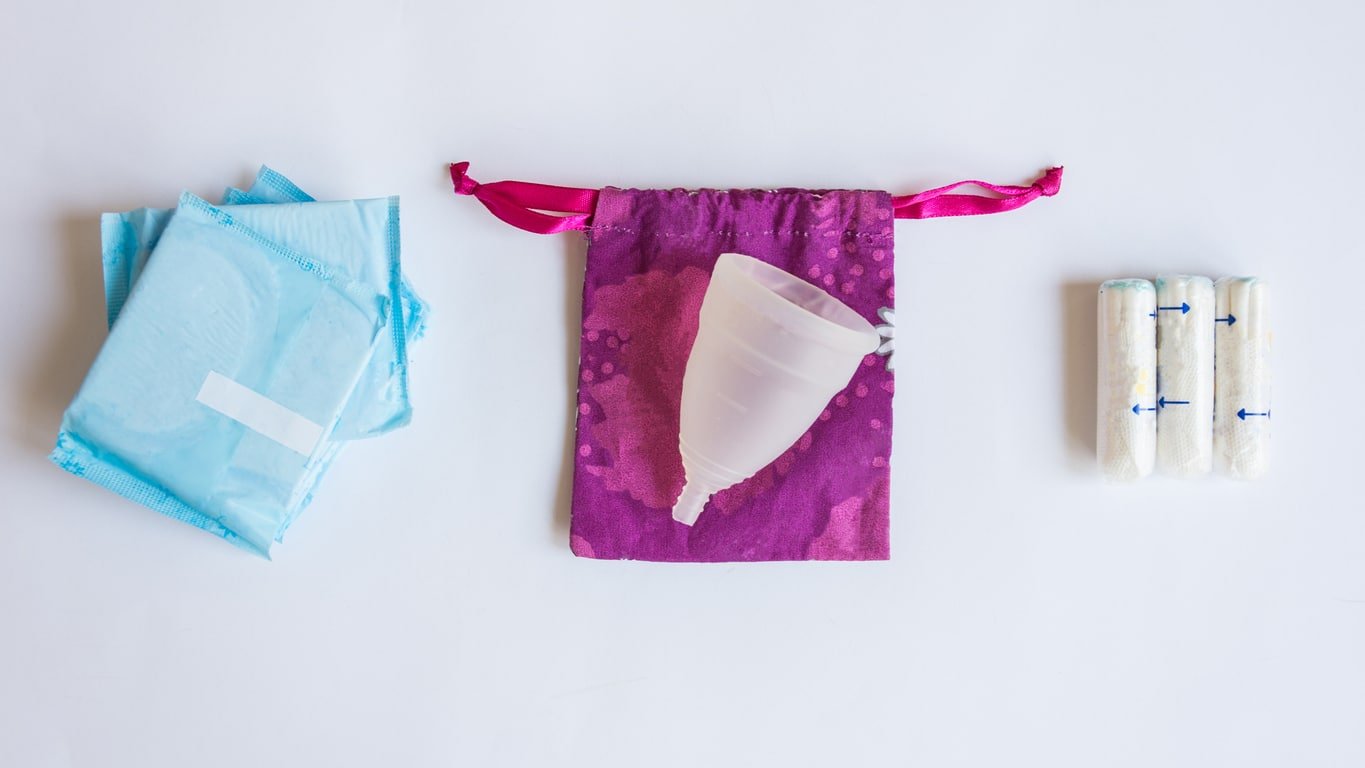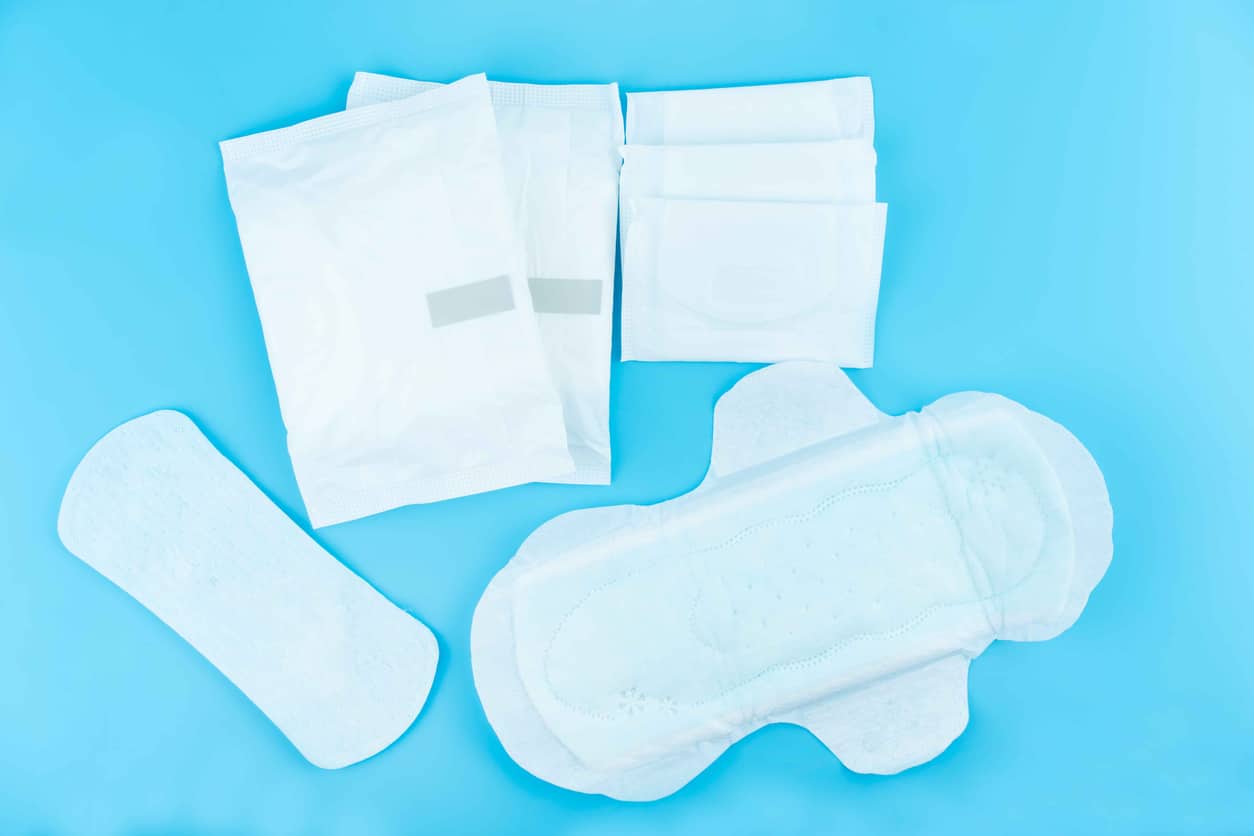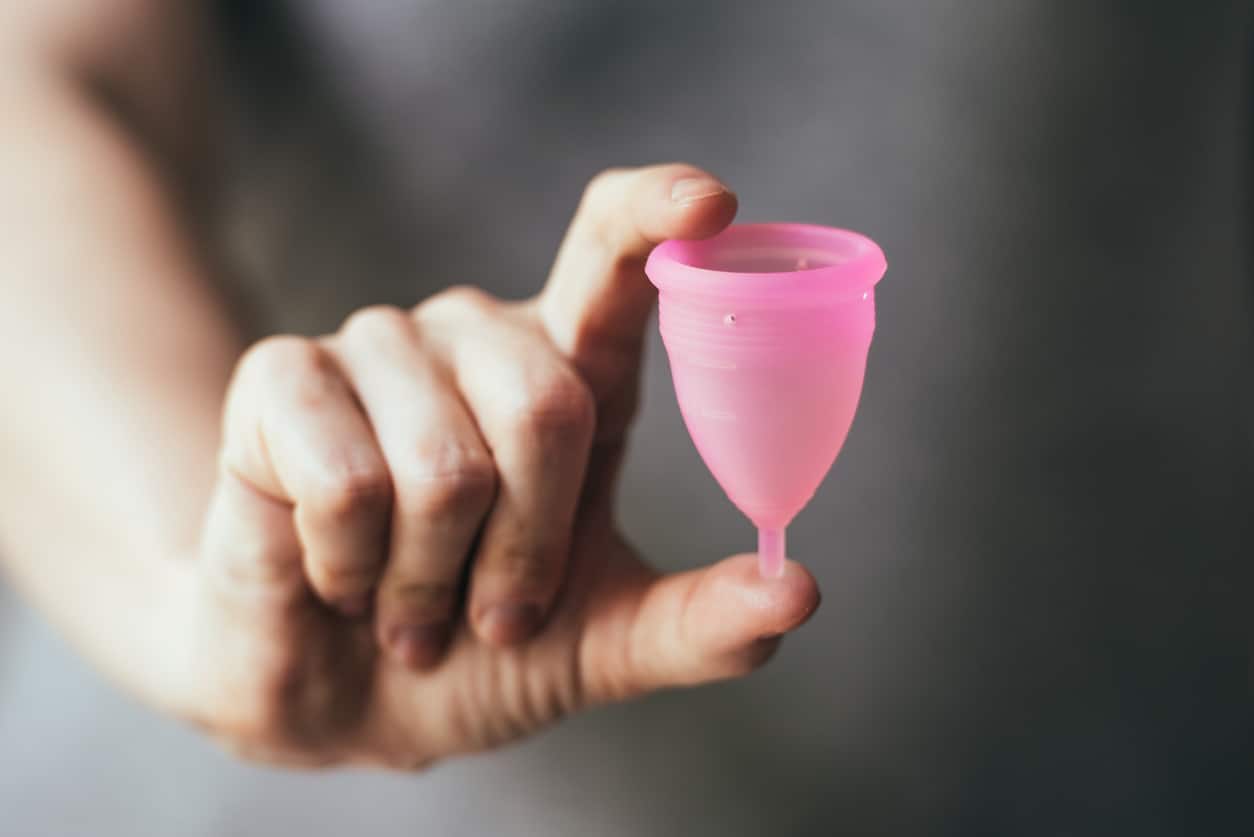Everything you need to know about your period
All you need to know about your menstrual cycle, dealing with period cramps, PMS, and different period products.

Although menstruation is a natural part of life for over half the human population on the planet, it’s a subject that many people still have difficulty discussing. Some people feel ashamed or embarrassed to talk about it, while others might not fully understand what is happening when someone is on their period.
Find out everything you need to know about your period, including the menstrual cycle, blood flow, pain relief, PMS, period products, and having sex on your period.
What is the menstrual cycle?
Most people with a uterus (or womb) will experience menstruation during their life as part of their monthly cycle. Your cycle begins on the first day of your period and ends on the first day of your next period, when a new cycle begins.
Your menstrual cycle is the process where your body prepares your uterus for a pregnancy. The menstrual cycle begins when the hormones in your body that control fertility, called follicle-stimulating hormones (FSH), cause your ovary to develop little follicles. These follicles contain microscopic eggs. Around two weeks into your cycle, another fertility hormone, called the luteinizing hormone (LH), causes a follicle to release an egg. This is called ovulation. The egg flows down from the ovary into the fallopian tube where it waits to be fertilised. Once the egg has been released, more hormones will be sent from the empty follicle to the womb to tell it to thicken up to prepare for the egg to be fertilised.
If the egg is fertilised
If the egg is fertilised – that is, you have sex and sperm meets your egg – it will travel down from the fallopian tube and into the womb and attach itself to the now thickened womb lining. Once attached, the fertilised egg sends its hormone signals (in the form of estrogen and progesterone) out to keep the womb lining thick and turn off the ovulation process until that pregnancy is finished.
If the egg is not fertilised
If your egg does not get fertilised, the hormones that support the thickened womb lining (mainly progesterone) start to drop and the womb lining begins to come away from the wall of the womb. The tissue, blood and tiny egg flow out of the opening of the womb and through your vagina as the menstrual period.
How long does a period last?
Some people find that the length of their menstrual cycle can change from one month to the next. Sometimes their period might arrive early or late, and it can be hard to predict when their period will come.
The average menstrual cycle lasts around 28 days, but this can be different for everyone. It could vary from 21 days to 40 days. If you’re concerned about your cycle, speak to your doctor.
Irregular periods
If you’re experiencing irregular cycles, it doesn’t necessarily mean that anything is wrong. However, it’s a good idea to speak to your GP about your cycle to rule out any possible conditions that could be causing it, especially if your cycle changed suddenly, your period is lasting longer than 7 days, or if the difference between your shortest cycle and your longest cycle is 20 days or more.
Bleeding too frequently may be a sign of disease such as an STI, growths in the womb or complications of pregnancy. Bleeding too infrequently may be a sign of hormonal imbalance or the loss of egg release that can result from anorexia or bulimia. These all require medical tests and treatment, so speak to your doctor if something doesn’t seem right.
If your period stops or if you miss a period
There are a number of reasons why your period might stop or why it might skip a month entirely.
If there is a chance you could be pregnant, take a test to rule out pregnancy. If you’re not pregnant, some other reasons might include:
- Stress
- Sudden weight loss or weight gain
- Hormonal contraception like the pill
- Over-exercising
- Polycystic ovary syndrome
If you’re not pregnant and you’ve missed three periods in a row, speak to your doctor.
Bleeding on your period
Depending on the stage of your cycle, your period blood may change in colour. At the beginning and towards the end, you might have brown blood or pink blood, but when your flow is heaviest, it will be red.
How heavy your period is can be different for each person, and might also be different from one period to the next. Some people have a very light flow, with not a lot of blood coming out. Others can have very heavy flows where it feels like a lot of blood comes out. If you’re concerned about your flow, especially if you have very heavy bleeding during your period, speak to your doctor.
Dealing with pain during your period
Period pain is common, but it’s not the same for everyone. Some people experience little to no pain, while others can find period cramps so painful that it’s difficult for them to do anything in the first few days of their period.
The pain is usually caused by the opening of the womb, called the cervix, having to widen and open to allow the tissue and blood out. Period cramps usually begin just before a period starts and continue during the period. You might feel pain in your lower abdomen, your lower back, or even in the thighs.
If you experience severe pain, you may want to speak to your doctor. Sometimes pain can be caused by an underlying medical condition, and your doctor can help you find ways to manage this.

How to get rid of period pain
Most period pain can be treated with over the counter painkillers like paracetamol or ibuprofen. If you have asthma or stomach problems, avoid ibuprofen and choose paracetamol instead.
Your GP might be able to prescribe you something stronger if neither of these works. They might also consider putting you on a form of hormonal contraception such as the pill because this can sometimes help to reduce period pain, or stop the period altogether.
Stress can make period cramps worse, so finding ways to relax can help to avoid severe pain.
Other ways to prevent or reduce cramps include:
- Exercise such as walking or cycling
- Applying a hot water bottle or heat pad
- Taking a warm bath or shower
- Quit smoking, as smoking is linked to more severe cramps
Other symptoms
Other symptoms you might experience during your period include:
- Bloating
- Headaches
- Constipation or diarrhoea
- Faintness or light-headedness
- Breast tenderness
Can you have sex during your period?
Although the idea of having sex on your period is not for everyone, if both you and your partner are comfortable with it then there’s nothing wrong with that. Some people find that having sex or masturbating while on their period can help to lift their mood and ease cramps.
Make sure to remove tampons or menstrual cups if there’s any penetration.
Can you get pregnant during your period?
If there is a possibility of pregnancy, make sure to use protection by wearing a condom, because you can still become pregnant even if you are on your period.
Period blood can carry HIV and STIs, so condoms and dental dams are always a good idea to prevent the spread of STIs.
Dealing with emotions during your period
Throughout the menstrual cycle, the body experiences a change in hormones as the levels rise and fall throughout the month, causing a change in mood in the days before the period is due to arrive.
What is premenstrual syndrome (PMS)?
Many people who get their period will experience PMS in the week before it arrives. Each person experiences PMS differently, with some people feeling mildly agitated, while others could feel very down or emotional.
You might also begin to experience some of the physical symptoms of your period, like bloating and discomfort, during this time.
Symptoms of PMS might include:
- Mood swings
- Feeling irritated or angry
- Feeling anxious
- Feeling sad or depressed
- Crying
- Feeling overwhelmed
If you’re going through a stressful time, the symptoms of PMS can be worse. For some people, PMS symptoms can be more severe, with strong feelings of depression that disappear after the period begins. Talk to your doctor is you’re worried about your PMS symptoms.
Types of period products

When it comes to products to use during your period, there are a few options to choose from, and it’s up to each individual to decide which one they like best.
The best way to know what works for you is to try each one.
Pads

Pads are the most common choice for people when they first begin their period because they’re easy to use. You can choose a pad based on how heavy your flow is, whether or not you want them to have ‘wings’ (flaps that fold around the bottom of your underwear to hold it in place), as well as night-time or day-time pads.
There are a number of brands to choose from and you can find them at most pharmacies, supermarkets, and local stores.
If you like using pads but don’t like how many you have to buy and throw away each month, reusable pads are an option. They are usually made of cloth and fit in your underwear the same way as a regular pad. All you need to do is rinse it in cold water and you can wash it in the washing machine or by hand.
Tampons

Tampons are usually made of cotton and inserted into the vagina to absorb the blood. Most tampons come inside a plastic applicator which helps to push the cotton tampon up into the vagina, and is then thrown away. Tampons can be left in for 4-8 hours depending on your flow.
The tampon has a string attached to the end that stays outside the vagina while you’re wearing it. When it’s time to remove the tampon, simply pull on the string and gently pull it out.
Sometimes the tampon string can be lost up inside the vagina. If you suspect this, do not be afraid to attend your doctor who can easily remove it after a simple examination.
In rare cases, there is a risk of toxic shock syndrome (TSS) when using tampons. This is an infection caused by a growth of bacteria called staphylococcus aureus, usually caused by leaving a tampon in for too long or by using super-absorbent tampons. TSS is extremely rare, but it can be fatal. This is why it’s very important to change your tampon every 4-8 hours.
Menstrual cups

A menstrual cup is a small, flexible, reusable cup, usually made of silicone that you insert into the vagina and sits just below the cervix. The cup creates a seal and collects the blood which can then be poured into the toilet when you remove the cup. The cup can usually stay in for six to twelve hours, depending on how heavy your flow is, and generally collects more blood than a tampon.
The type of cup you need can depend on things like your age and whether or not you’ve given birth.
Menstrual cups can be tricky to get the hang of at first, and some people find the learning process frustrating and messy. However, after a few tries, most people can insert and remove it easily. They are also more expensive to buy, but since they are reusable you will save money in the long run because you won’t need to buy pads or tampons each month.
Period underwear
Period underwear is becoming more and more popular, with a lot of online retailers selling different kinds of period-proof underwear. They are usually made of super-absorbent, leak proof material and look and feel like regular underwear. They can be used as a backup to a menstrual cup or tampon, or used on their own. You can choose underwear based on a light, medium, or heavy flow. When you’re finished wearing them, you can rinse them out and then put them in a cold wash.
Feeling overwhelmed and want to talk to someone?
- Get anonymous support 24/7 with our text message support service
- Connect with a trained volunteer who will listen to you, and help you to move forward feeling better
- Whatsapp us now or free-text SPUNOUT to 50808 to begin.
- Find out more about our text message support service
If you are a customer of the 48 or An Post network or cannot get through using the ‘50808’ short code please text HELLO to 086 1800 280 (standard message rates may apply). Some smaller networks do not support short codes like ‘50808’.






